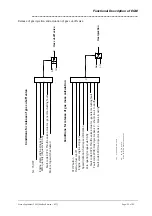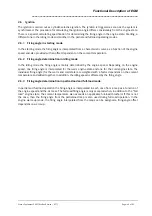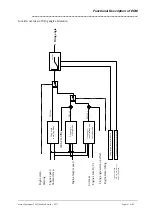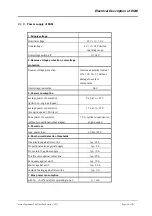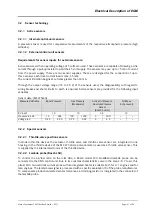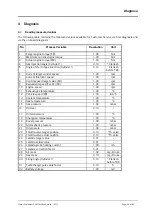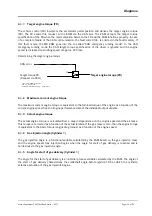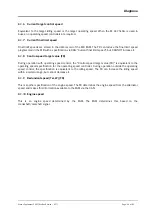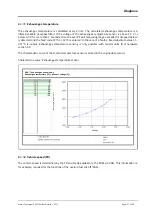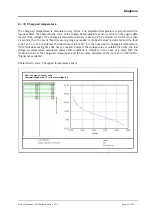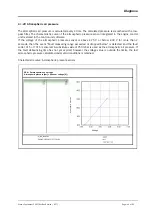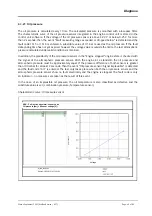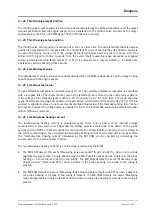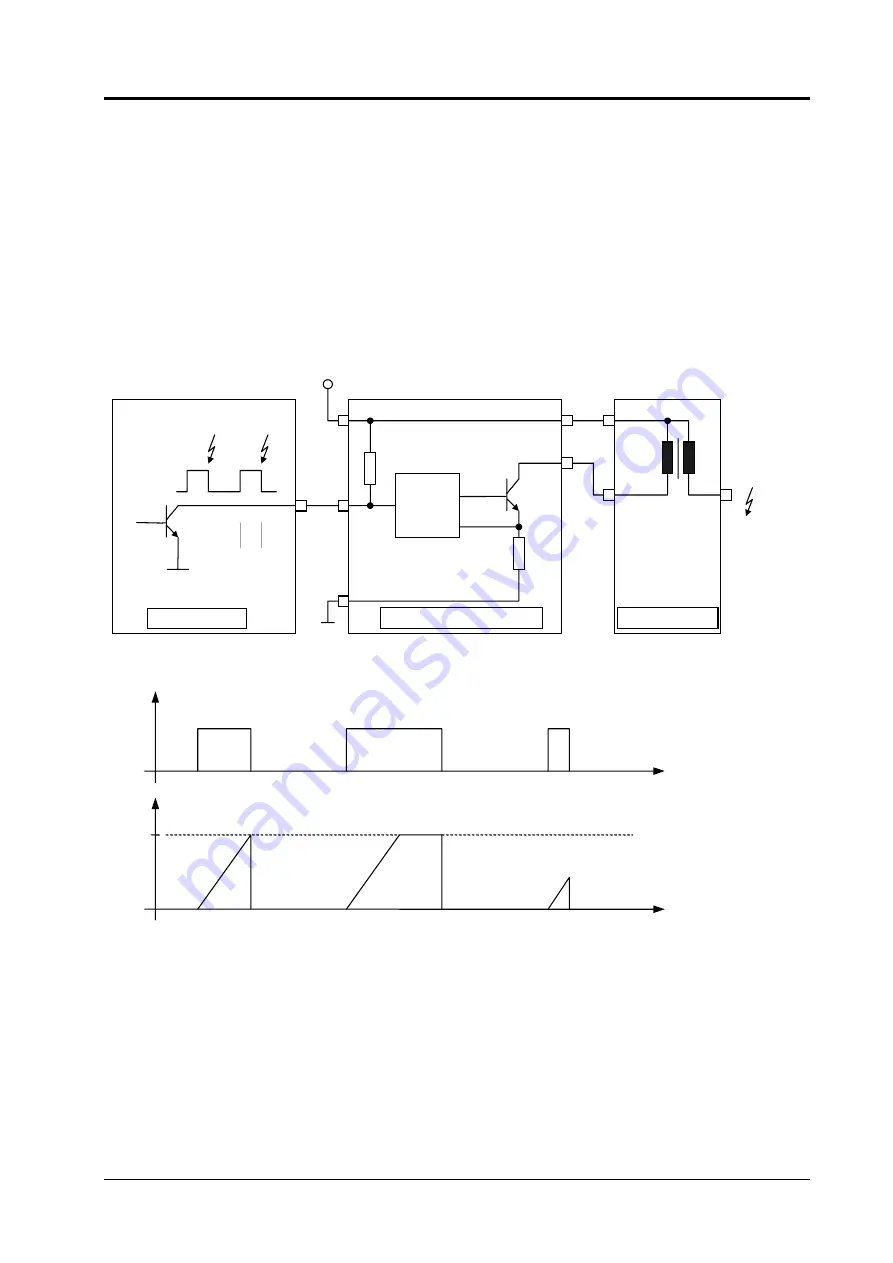
Electrical Description of EGM
Status September 2003 (EvoBus-Service / AFT)
Page: 53 of 83
The ignition transformer is energised on the primary side when the level changes from low to high on the
input of the ignition output stage. The duration of the high phase (closing angle) is map-controlled and
determines the peak value of the primary current. The negative signal edge at the input of the ignition
output stage switches off the primary current and simultaneously represents the firing point.
The closing-angle map must be applied so that the primary current increases up to the nominal value (see
drawing 318 974.AZ) without going into the limitation (see illustration of principle of ignition actuation).
To protect against continuous energising, the ignition module automatically limits the primary current to
approx. 7.5 A and after approx. 100 ms a spark-free output stage switch-off takes place. Continuous
operation of the ignition modules in overloading leads to high power loss in the ignition electronics and
can ultimately lead to destruction.
Principle of ignition actuation:
Control IC
+UBatt
-UBatt
Control unit
Ignition output stage
Ignition trans.
TER.15
TER.1/6
Input
1/6
Cyl. 1
ZZP ZZP
Closing angle
Ignition actuation principle
File: zuend.vsd
Datum: 8 Okt, 1999
correct
incorrect
(high power loss
due to limitation)
incorrect
(low ignition energy)
Current measurement
Primary side
t
t
Signal curve during actuation
Input
1/6
Primary current [A]
7.5]

